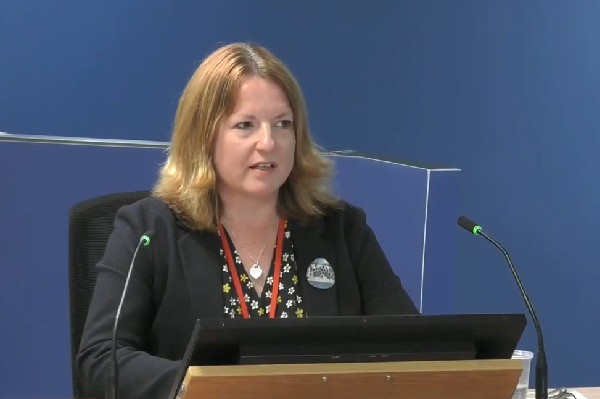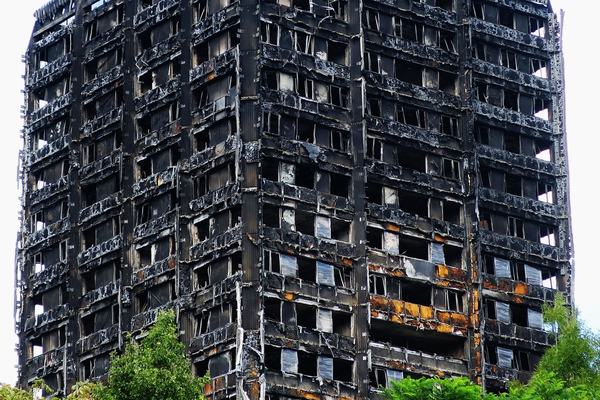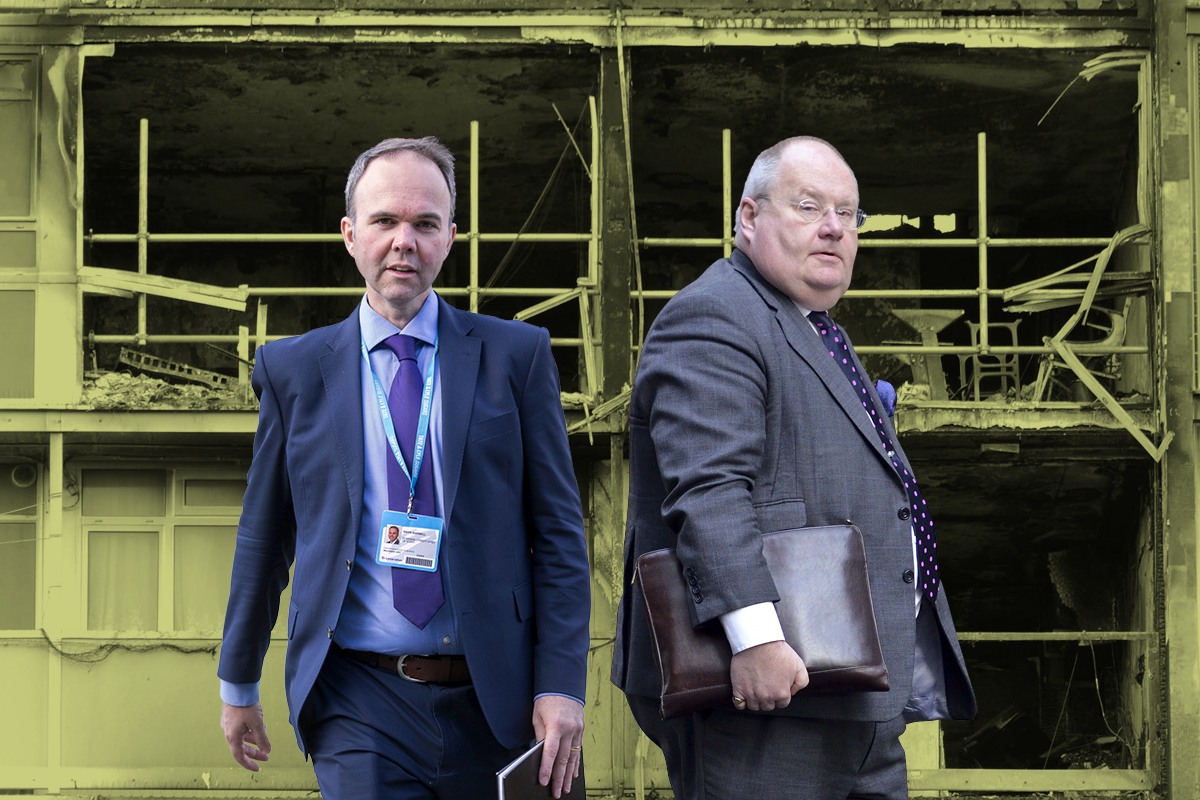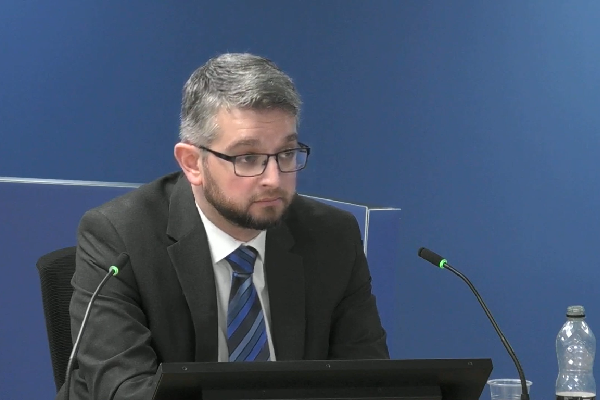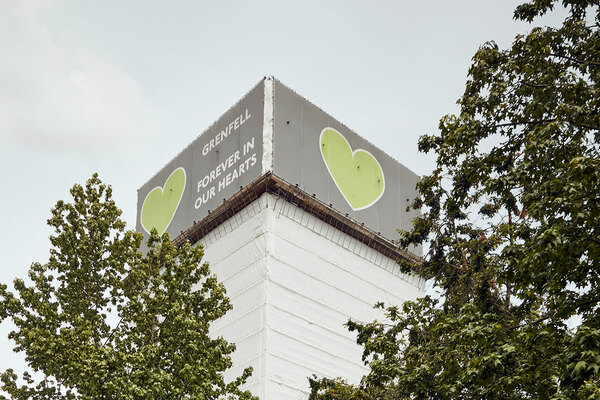Government ‘shut down’ investigation into Lakanal House fire less than a month after deadly blaze
The government discontinued an investigation into a deadly high-rise fire that took place in 2009 after less than a month and before crucial questions about the reason for the rapid fire spread had been answered, emails released by the Grenfell Inquiry today revealed.
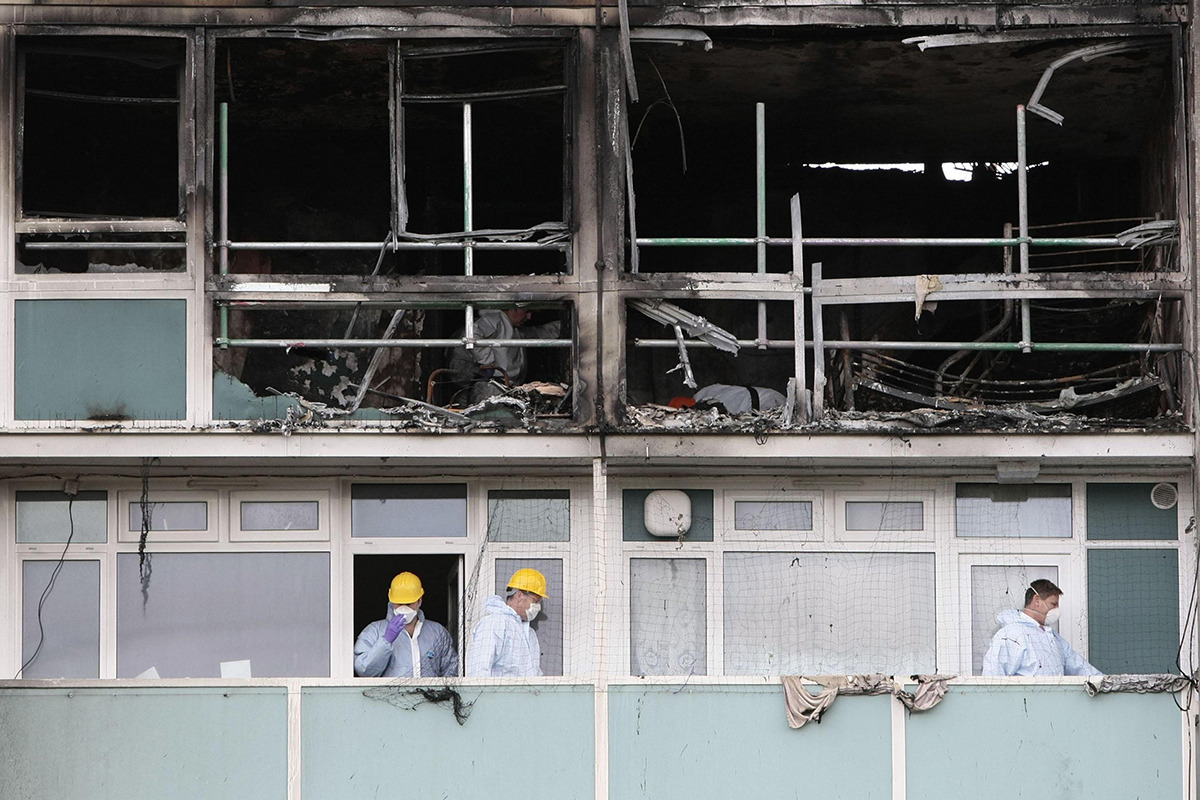
In opening statements delivered before Christmas, lawyers for the bereaved and survivors described the swift end to the government’s Lakanal House investigation as a “grotesque abdication of responsibility” which “raises the spectre of a deliberate cover up”.
Today the inquiry disclosed an email from senior official Brian Martin which showed him telling the Building Research Establishment (BRE) on 28 July 2009 to “step away” and halt its nascent investigation into the deadly fire.
In another email, sent just 11 days after the fire, Mr Martin also noted that he did not think the fire demonstrated the need for any changes to the official guidance for which he was responsible.
The inquiry also heard that a report into the risk of external fire spread, prepared in the aftermath of Lakanal to consider the need for stronger rules on the fire resistance of walls, was “flawed” and contained a “false assertion” that the minimum fire standards in official guidance were adequate.
Dr David Crowder, the former head of fire investigation at the BRE who contributed to the research, said today that the government’s ‘red tape challenge’ and general drive to reduce regulation was an influencing factor on this report.
The Lakanal House fire killed six people, including three children, when it spread across several floors of the south London tower block on 3 July 2009.
The BRE, which was contracted by the government to investigate the impact of real-world fires, delivered a preliminary report to government on 16 July.
But 12 days later, Mr Martin emailed Dr Crowder’s boss, Martin Shipp, to ask him to halt the investigation.
“For the purposes of the fire investigation contract you have with the department, I’m satisfied that there will be no need for you to revisit Lakanal House,” Mr Martin wrote. “Any further visits will need to be funded by a third party.”
He added that he had discussed the matter with specialist fire colleagues and they were “happy for you to step away”.
“Is it fair to say you were disappointed to receive this email shutting down the investigation?” asked counsel to the inquiry Kate Grange QC.
“Yes,” replied Dr Crowder. He said he did not know why the investigation was halted, explaining that he was a junior member of the team at the time and such decisions were “above my pay grade”.
“You clearly understood at the time that the objective of this project was to work out whether there been a failure in the regulations or a failure of compliance… and you clearly understood that you hadn’t got anywhere near establishing that. So no reason was provided to you as to why this was being halted at this early stage?” asked Ms Grange.
Dr Crowder said he had not been given one, but added that the developing police investigation into the fire was “presented as justification” for the end to the investigation.
The inquiry saw another email from Mr Martin to a consultancy which had offered its service as expert investigators. He emailed them on 14 July 2009 saying the BRE had been “on the scene”.
He added: “Based on the snippets of info I’ve had so far. I don’t think there’s any need for changes to [Approved Document B].”
This is the official guidance which governs fire safety in buildings, for which Mr Martin was responsible.
“Can you help us with how Brian Martin could have come to the view just 11 days after the fire that there would be no need for changes to Approved Document B. Can you shed any light on that for us?” asked Ms Grange.
Dr Crowder said that he was “aware there were discussions that were ongoing”, but he was “not party to them”.
The BRE was ultimately engaged by the Metropolitan Police to investigate the fire, meaning Dr Crowder’s work investigating the blaze continued.
It was found that external panels on the building, foam insulation sandwiched between combustible panels of ‘high-pressure laminate’ board, achieved a fire rating of ‘Class 3’, which was well below the required standard of Class 0.
Dr Crowder said he was phoned by Mr Martin in November 2009, while the testing was being carried out, who told him that the fact that the panels were non-compliant was “the issue”.
He added in his witness statement that he believed the fire was “not of particular concern to DCLG [Department for Communities and Local Government” due to the non-compliance.
“There was clearly a lot wrong with the building, it was non-compliant in lots of different ways,” said Dr Crowder. “Therefore, [Mr Martin felt] it is not a problem with the guidance as such, it’s that people haven’t followed it.”
Issues such as the downward spread of the blaze – which was not provided for in official guidance – were not flagged by the BRE in any official reports as potential areas for change to the guidance.
“Why did you not raise the matter of downward fire spread with Brian Martin as part of [the] wider context of reporting on matters of public safety [which the BRE was contracted to do]?” asked Ms Grange.
Dr Crowder said he was not responsible for the final write-up of reports and that he had raised the issue separately with Mr Martin in informal conversations.
The inquiry heard yesterday that in October 2012 the government amended the BRE’s contract to investigate real-world fires to prohibit it from making any policy recommendations.
However, Dr Crowder said it was understood before this point that the DCLG “didn’t want us to be providing policy recommendations”. “The direction of travel, if you like was was very much well understood by that stage,” he said.
In the afternoon session, the inquiry heard about work Dr Crowder carried out with colleagues at DCLG to investigate external fire spread – an issue that was specifically raised by the coroner who investigated Lakanal House in 2013.
An article summarising this research was published by the BRE in April 2016 and concluded: “With the exception of one or two unfortunate but rare cases, there is currently no evidence from these investigations to suggest that the current recommendations… are failing in their purpose.”
Today Dr Crowder said this project was “flawed” and “should be seen in the context of the extremely limited resources in terms of budget, people and time that were available”.
The work was paid for out of money left over from their ongoing contract to investigate fires, a contract which Dr Crowder said yesterday had already been “cut to the bone”.
Under questioning he accepted flaws in both the tests and analysis of fires in the report and agreed that it could have been read as containing a “false assertion” that the Class 0 requirement for external surfaces of walls was adequate.
Dr Crowder told the inquiry yesterday that he had believed from 2007 onwards that Class 0 was not “fit for purpose” and he had given evidence in court to this effect in 2015.
“In the light of all of that… can you explain how we get that statement in the report that suggests that there’s no evidence that the Class 0 recommendation is inadequate?” asked Ms Grange.
“I cannot,” said Dr Crowder. “All I can say is, again, I did not write that particular part of the article.”
“Do you accept that this research was so fundamentally flawed as to make the conclusions drawn from it completely meaningless?” asked Ms Grange.
“I wouldn’t say they were completely meaningless, but I would say they were very difficult for the uninformed reader to follow,” replied Dr Crowder.
In his witness statement, he emphasised that due to the coalition government’s rule of requiring the removal of existing regulations if new ones were introduced meant if he had recommended new requirements, others would have been deleted.
“I knew about the government’s Red Tape Challenge at the time,” said Mr Crowder. “It was understood between us that if there is a need to do something… [Mr Martin] would do his best to try and make a case for it.
“But equally, everything in Approved Document B is there for securing life safety. The government policy of ‘one in, two out’ and so on meant very difficult decisions would have to be made. If you’re going to introduce something new, something else was going to have to go and that’s not something anyone wants to have to do.”
Chair of the inquiry Sir Martin Moore-Bick asked: “I have to say I find that puzzling. Isn’t it the task of the advisor to tell the government what needs to be done… and leave them to get on with it?”
“Don’t get me wrong, the work was done and the findings were provided. It’s just that I understood the parameters that were sitting around that,” said Dr Crowder.
Last week the inquiry saw that two days after the Grenfell Tower fire, Mr Martin had sought ‘independent experts’ to help rebut a story in The Times which claimed the combustible cladding on the tower was permitted by Approved Document B.
Today further emails showed that he also approached the BRE with this request, but they ultimately declined because they were helping the police investigate the fire.
The inquiry continues.
Sign up for our weekly Grenfell Inquiry newsletter
Each week we send out a newsletter rounding up the key news from the Grenfell Inquiry, along with the headlines from the week
Already have an account? Click here to manage your newsletters
